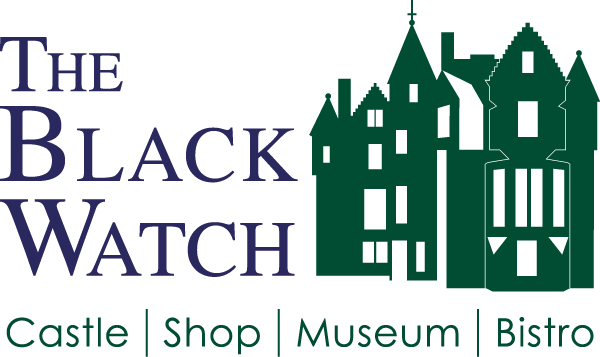Balhousie Castle History
The origins of Balhousie Castle are said to date back to the 12th Century. Orginally an L-shaped tower house what we see today is the central part, possibly dating from the 17th Century. In its present form, the Castle dates from the 1860s.
Documentation of Balhousie Castle begins in the 15th century. In 1422, Murdoch, Duke of Albany granted the Barony of Balhousie to John Eviot. The property remained in the Eviot family, with a brief interlude in which the Mercers, a well-known family in the Burgh of Perth, had possession of the property, until 1609, when the lands were sold by Colin Eviot to John Mathew, son of Robert Mathew, merchant of Perth. The property then passed to Andrew Grant and John Lamb.
On 27 September 1625, King Charles I granted to Master Francis Hay, his heirs and assignees, the lands and barony of Balhousie. He was the son of Peter Hay of Rattray and was a writer to the Signet before 1617. He acquired several properties in Perthshire and Wigtownshire, including the barony of Dupplin in 1642. The Earldom, and therefore the castle, then passed through the generations of the Hay family.
William, sixth Earl of Kinnoull, died unmarried in London on 10 May 1709 and Thomas succeeded to the title as seventh Earl. He was suspected of favouring the Jacobites and was imprisoned in Edinburgh Castle, dying four years later. The succession of Earls continued, George Henry, eighth Earl, Member of Parliament for Fowey, Cornwall, Thomas, ninth Earl, Member of Parliament for Cambridge, Robert Auriol Hay Drummond, who succeeded his uncle as tenth Earl was appointed Lord Lyon King of Arms, which was then a sinecure. His son, Thomas Robert, succeeded as eleventh Earl. He was Colonel of the Royal Perthshire Militia, 1809-55, Lord Lieutenant of the County and succeeded his father as Lord Lyon, King of Arms. It was he who extended the Castle.
The Hays did not live at Balhousie Castle, their main residence was at Dupplin. By the early 1860s the castle was in a dilapidated state. Only the first floor was inhabited. Thomas Robert restored the Castle and added two wings to the original L-shaped tower house. The architect he employed was David Smart. The building was then let out. The tenants included, Henry Hay Norie, a lawyer, John Shields of Wallace Works, who died in 1889 and James Ramsay, a jute broker.
The Hay family came to live at the Castle c 1912 and remained until 1926. The Castle then became a convent. The nuns were from the Society of St Peter and were associated with St Ninian’s Episcopal Cathedral. They appear to have resided in the castle until c 1940.
During the Second World War, the property was used by the Auxiliary Training Service as Officers Quarters. After the War, it housed a detachment of the Royal Army Service Corps and the Headquarters, Highland District, Corps of Royal Engineers.
In the early 1960s there was a major Army re-organisation. The Black Watch Depot at the Queen’s Barracks was closed and Regimental Headquarters and The Black Watch Museum moved to Balhousie Castle.
In 2008 The Black Watch Heritage Appeal was launched to buy, develop and endow Balhousie Castle to create a permanent home for The Black Watch in Perth at the heart of the Regimental area. The Appeal succeeded in raising £3.5 million and a major redevelopment project began in May 2012. The redeveloped Black Watch Castle and Museum reopened in June 2013 and is now a 5 star visitor attraction.



